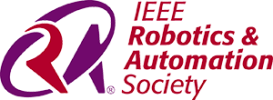Organizers
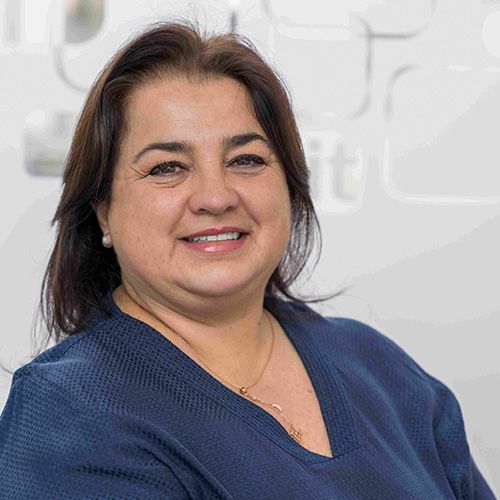
Lucia Beccai
Soft BioRobotics Perception
Istituto Italiano di Tecnologia, Italy
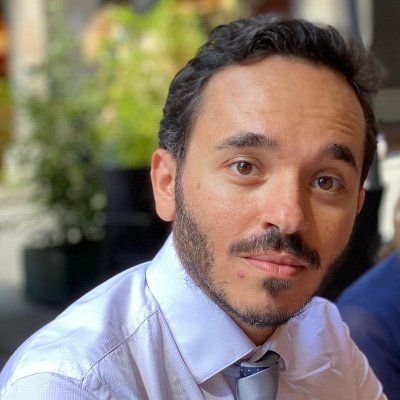
Egidio Falotico
The Biorobotics Institute
Scuola Superiore Sant’Anna - Italy
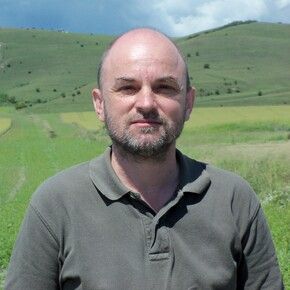
Ian D. Walker
The Holcombe Department of Electrical and Computer Engineering
Clemson University – USA
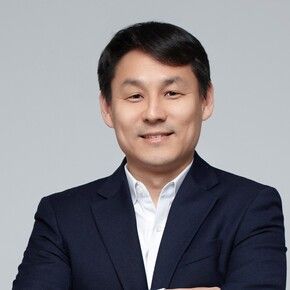
Kyu-Jin Cho
School of Mechanical and Aerospace Engineering
Seoul National University - South Korea
For attending the workshop please register at the conference webpage
Abstract
The development of soft continuum manipulators, taking inspiration from nature and exploiting new technological approaches, has reached a certain level of maturity at the research level. The overarching goal is to build systems that can adapt to the environment and perform grasping and manipulation tasks with high versatility in terms of payloads and different types of objects. In these soft manipulator designs, it is important to avoid discretization of the embedded components and material characteristics, to achieve high robustness and reliability, while providing smooth continuum structures key to said versatility and adaptation. Several prototypes of soft and hybrid soft/hard robots have been demonstrated. However, many bottlenecks still exist to incorporate within their structure the desirable distributed actuation and sensing, to develop efficient control strategies, and most importantly to develop reliable systems that can effectively implement grasping and manipulation tasks in different environments. This workshop seeks to assemble a community of experts, researchers, and industry professionals to delve into these crucial aspects, including the analysis of successful cases of deployment of continuum manipulators in real world applications.
Introduction
In recent years, robotics has witnessed a transformative shift with the emergence of soft continuum robots. These robotic systems, inspired by similar systems in the natural world, have captured the imagination of researchers, engineers, and industry leaders alike. Unlike their traditional robotic counterparts based on rigid elements, soft continuum robots exhibit a remarkable flexibility, adaptability, and even biocompatibility that open a plethora of possibilities for applications across diverse domains.
The motivation behind the creation of soft continuum robots is deeply rooted in mimicking the biomechanical capabilities of organisms like elephant trunks, octopuses, and even the human body itself. These robots are constructed from compliant materials and are designed to negotiate complex and unstructured environments with ease. In case of manipulation their ability to manipulate objects delicately, access confined spaces, and conform to the contours of their surroundings has positioned them as innovative solutions in fields such as healthcare, manufacturing, exploration, and beyond. However, for all the promise and potential that such manipulators hold, there exist significant challenges and bottlenecks on the path to realizing their full capabilities. The intricacies of incorporating sensing, having robust techniques for modelling and control, and deployment in real environments pose strong challenges.
In this workshop we aim to gather researchers from different disciplines (like engineering, material science, computer science, and robotics) and industry professionals to highlight the interesting characteristics of the current approaches, discuss their pros and cons, delineate the main issues to be solved and provide insights on the next steps to be accomplished by the research community.
Objectives
The primary objective of this workshop is to facilitate the exchange of knowledge and insights among researchers and practitioners involved in soft continuum robotics more focused on grasping and manipulation tasks. We aim to provide a platform where the latest advancements, methodologies, and best practices can be shared and disseminated.
Another important goal of this workshop is to explore the diverse applications in which the robotic artifacts can be applied. These robots possess an extraordinary versatility: from minimally invasive medical procedures to large scale tasks in hazardous environments, they promise transformative applications. The workshop aims to explore and highlight the diverse range of fields where they can make a substantial impact.
The third objective is to recognize challenges and bottlenecks that limit current research progress and also the practical use of soft continuum manipulators. From innovating in sensor reliability and stretchability challenges to handling the complexity of modelling and control of these platforms, an analysis of limitations and successful solutions will allow the group to define paths that lead to transformational progress towards application in industry, entertainment, healthcare, inspection, agriculture, etc.
In summary, "Soft Continuum Manipulators: Bottlenecks and Applications" is envisioned as a gathering of ideas dedicated to pushing the boundaries to make these robots exploit their full potential.
Topics
-
Integrated soft actuation and sensing
- Distributed soft sensing in compliant structures
- Hybrid soft/hard actuated continuum robots
- Model-based or model-free control for soft manipulation
- Modeling of soft robots
- New materials for soft actuators
- Soft manipulators
- Origami soft manipulators
- Motion planning for continuum manipulators
- Simulation of deformable continuum robots
- Kinematics and state estimation of soft manipulators
- Applications of soft manipulators
Invited Speakers
| Speaker | Affiliation | Country |
|---|---|---|
Christos Bergeles | King's College London | United Kingdom |
Matteo Cianchetti | Scuola Superiore Sant'Anna | Italy |
Xin Dong | University of Nottingham | United Kingdom |
Christian Duriez | INRIA | France |
Shahram Eivazi | Festo | Germany |
Reinhard Grassmann | University of Toronto | Canada |
Elliot Hawkes | UC Santa Barbara | USA |
Josie Hughes | EPFL | Switzerland |
Rongjie Kang | Tianjin University | China |
Marc Killpack | Brigham Young University | USA |
Cecilia Laschi | National University Singapore | Singapore |
Andy Norton | Rolls Royce | United Kingdom |
Hugo Rodrigue | Sung Kyun Kwan University | South Korea |
Jonathan Rogers | NASA | USA |
Jianin Wu | Sun Yat-Sen University | China |

